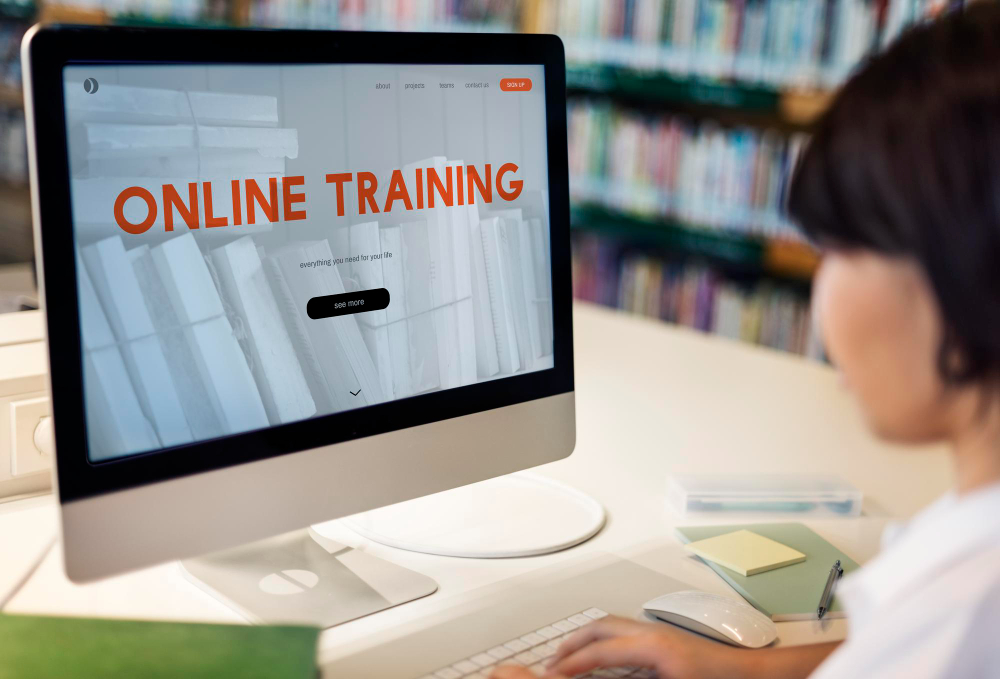Mastering virtual training is essential in today’s digital age. To ensure success, organizations must focus on crafting compelling content, addressing technical challenges, and refining facilitation skills. This approach not only enhances engagement but also delivers impactful and memorable learning experiences.
Interactive content is the cornerstone of engaging virtual training sessions. Incorporate multimedia elements such as videos, infographics, and interactive quizzes to break the monotony and maintain participant interest. Personalized learning paths tailored to individual needs boost engagement by making learners feel valued and understood. Remember, captivating content brings the virtual classroom to life.
Technical issues during virtual sessions can be a major hindrance. To prevent this, ensure robust technical infrastructure and conduct regular testing. Familiarize yourself with the chosen platform’s tools and features to troubleshoot problems promptly. Encourage participants to test their systems in advance to avoid disruptions. Technical preparedness ensures a seamless learning experience.
Facilitation plays a vital role in the success of virtual training. Skilled facilitators make sessions dynamic by encouraging participation, addressing queries, and maintaining a lively dialogue. Employing breakout rooms, live polls, and discussion boards fosters interaction, making learners feel involved. Effective facilitation transforms passive attendees into active participants.
Feedback is crucial for refining virtual training programs. Post-session surveys and feedback forms provide insights into participants’ experiences, helping identify areas for improvement. Consider adaptive learning technologies that adjust content based on feedback and performance metrics. Continuous improvement based on learner input is key to evolving training efficacy.
Keeping up with technological advancements is crucial. Stay updated with the latest eLearning tools and trends to enhance your virtual training sessions. Embrace AI-driven personalization, gamification, and virtual reality to create immersive learning experiences. Leveraging cutting-edge technologies keeps your training methods relevant and captivating.
Finally, fostering a sense of community enhances the virtual training environment. Encourage networking through collaborative projects and forums where learners can share ideas and experiences. Building connections creates a supportive learning atmosphere and increases knowledge retention. A well-connected learner is a successful learner, making community-building an essential focus area.
